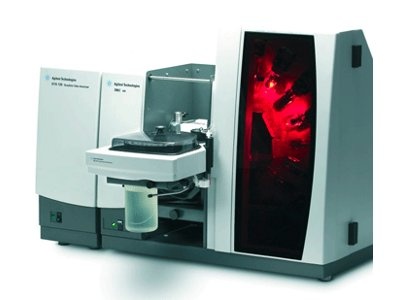Many Businesses use atomic spectroscopy to measure components, especially but not exclusively metals, in pharmaceuticals, wastewater flows, consumer goods, foods, and other products. The two principal kinds of nuclear spectroscopy are based on emission and absorption. Based on the absorption of optical radiation by gas-state atoms, atomic absorption AA spectroscopy measures analyte concentrations down to parts per billion. Flame AA is the most common type, with graphite furnace AA and cold vapor AA following. Optical Emission OE spectroscopy comes in 2 kinds: fire OE and the more popular inductively coupled plasma ICP OE. As its name suggests, flame OE uses a fire to excite atoms, whereas ICP employs a much higher-temperature plasma, leading to more efficient excitation. ICP OE is more widely used than flame OE is.

ICP-OE Spectroscopy has the advantage in speed, lower detection limits, fewer interferences, and the ability to test several elements in the same sample. Flame OE is less costly and easier to operate. Atomic Absorption occurs when an atom from the ground state absorbs light energy and alterations to a higher energy level. The more atoms present, the greater the absorption. Light sources are hollow cathode or electrodeless discharge lamps. Every component detected requires another light source, although resources could be combined for multiple-element detection. Sample Introduction for fire AA happens via a high-value burner-nebulizer, which signifies the method’s major limitation: only a portion of the sample is heated, resulting in low sensitivity.
In Graphite furnace atomic absorption spectroscopy, the sample is introduced into a graphite tube, cleared of matrix and solvent, and completely atomized. Each of the atomized sample can be obtained to the light path passing through the tube, so sensitivity and detection limits are greatly enhanced over those of flame AA. On The drawback, furnace AA evaluation times are longer, and the list of potential elemental analytes is shorter compared to fire AA–about 40 components versus about 70. Flame AA cannot measure the gaseous components and the halogens, says Heidi Graces, international AA portfolio manager at PerkinElmer. Inductively Coupled plasma atomic absorption spectroscopic-AAS measures light emitted from components in an argon plasma that reaches 10,000 K. The high temperature completely atomizes sample components and reduces chemical interference.